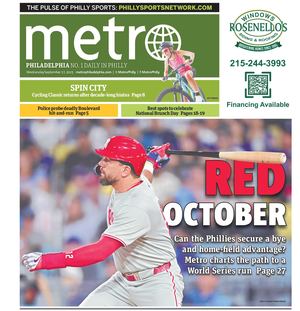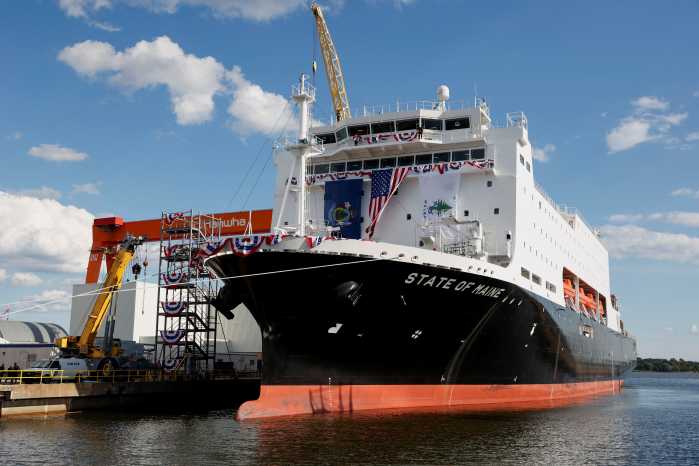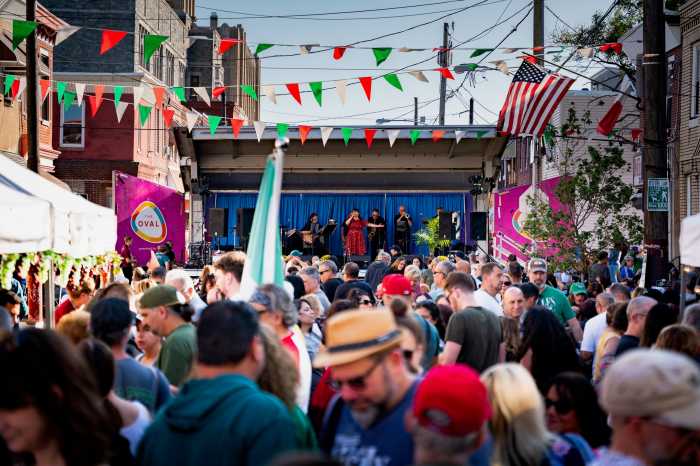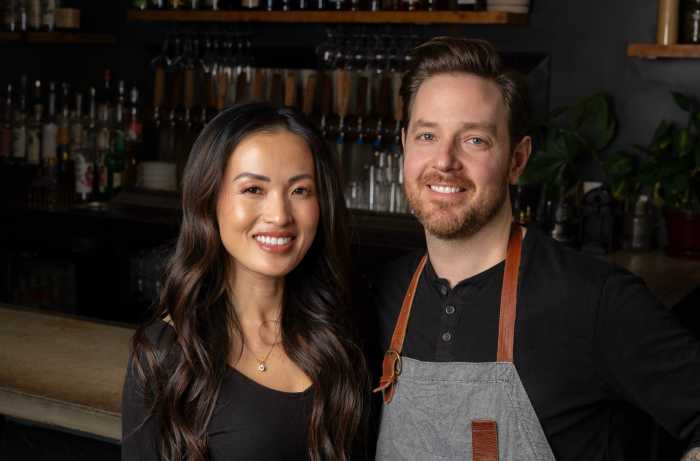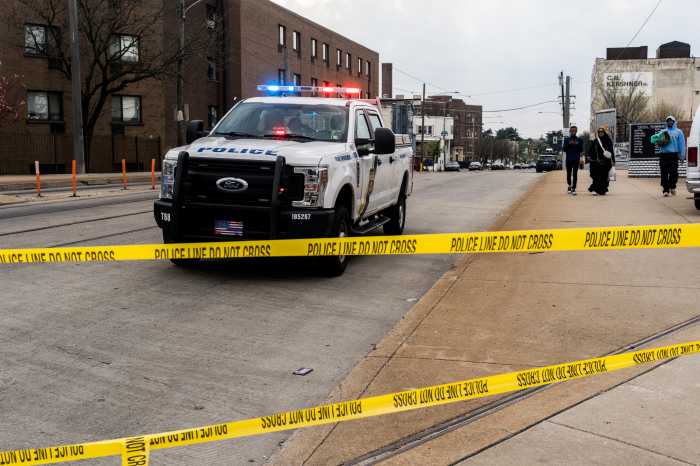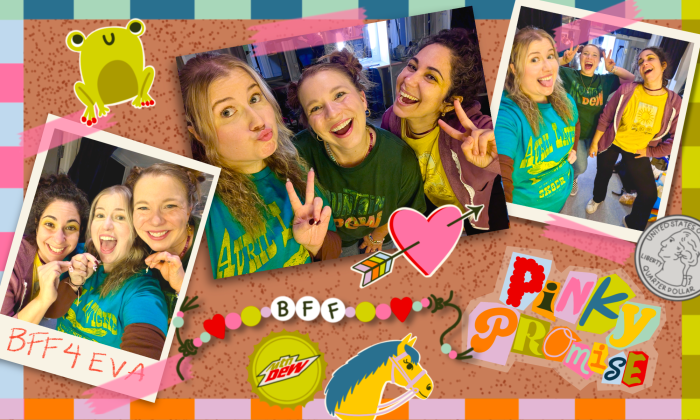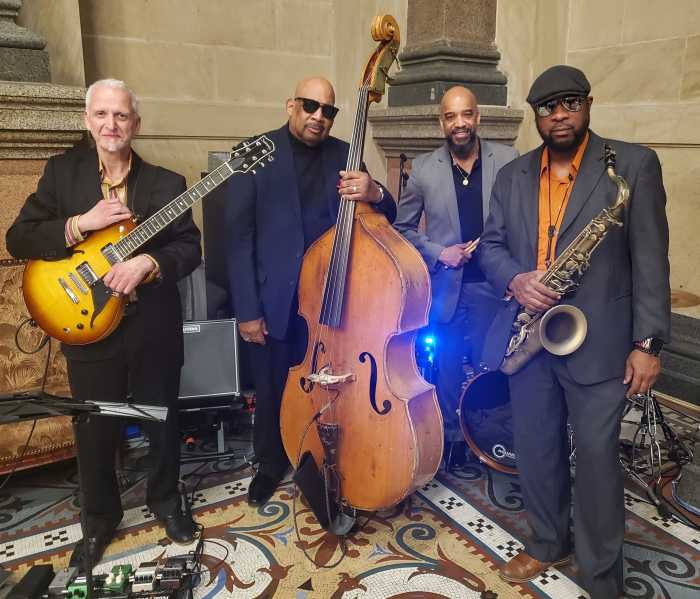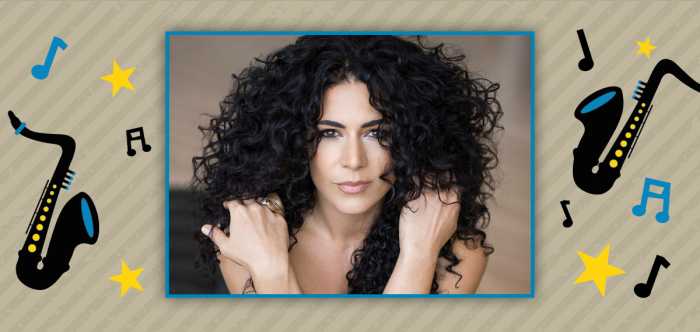With the rocking ‘Aghori Mhori Mei‘ just out from the Smashing Pumpkins, you’d think that guitarist-vocalist Billy Corgan would be up to talking about his longtime band’s newest album. Instead, Corgan — a major player in the independent wrestling promotion game since 2011 — is eager to discuss NWA 76, an evening of beloved American hardcore wrestling vets from the National Wrestling Alliance coming to South Philly’s 2300 Arena for the first time in 30 years.
Corgan recently sat down with Metro to discuss all things wrestling and rock.
What was the first real connection that you had to wrestling?
In the 1970s, I used to watch wrestling on television with my grandmother who was from Belgium and hardly spoke English. Imagine me watching full-bore wrestling with an 80-year-old woman. She liked it. I remember Chicago wrestling star Dick the Bruiser shouting through the television, and wondering how this crazy, outsized world could be real. Because real is how it was presented. It was the carnival aspect of it that got me. I could hardly believe that these people actually roamed the earth. To put it in modern parlance, I was encountering a subculture.
Was wrestling ever a physical thing for you beyond entertainment?
No. Never had interest in it a performer – always as a fan. I can’t imagine doing what they do in the ring. When I went to my first show in my early 20s, I loved it. Now, I book and promote it, and am always in awe.
Can you connect the dots between the pageantry of wrestling and who you were as a young musician?
That’s a great question. That didn’t click into my mind until the late 1990s. When I was young, entering the music biz at its higher levels and people began attacking me for what I sang or how I looked, like many kids who came from abuse, my way of dealing with it was to disassociate – I hid behind a personality that wasn’t real. By the late 90s, that took on such a life-of-its-own, that I became rock’s greatest heel. I knew what I was doing, intuitively, but didn’t have a framework for it.
The epiphany came when I was at an ECW wrestling show in New York, talking to a young wrestler making his debut. He was nervous. As he walked into the ring, the fans mercilessly booed him in a way that made me feel bad for him. When the match ended, he came through the curtains exhilarated. I confusingly assumed he would be rejected. No. Beaming ear-to-ear, he told me that he’d done his job.
A lightbulb went off in my mind: I’m using the energy of the heel to get people to pay attention to me and deliver the message that I want… I used a lot of modern warfare tactics, digitally, and light things on fire about how I was being bullied. Ultimately, you set yourself up – it’s hard to come in from the cold because people believe that THAT is who you really are. Telling people now that that was gimmick, I realized that they liked me being the heel. That’s the job, I guess.
You are music’s equivalent of the great wrestling villain. As a promoter, you’ve been at the wrestling game nearly 25 years. What have you learned that you brought to NWA?
I really thought that I could change the business when I started. The heartache, of having such Pollyanna hope is that the business didn’t want to be changed. I can relate that to my musical life is that I used to have that same aspiration in the 90s. And I think we did change some things, but you could argue that the music business has never been worse than it is now – you can have an aspirational goal of changing a business’ narrative arc. At the same time, you have to navigate cynicism: people don’t want things to change, even if they’re not happy with it. I think we do offer a credible alternative to how wrestling has been present. We have made good gains there.
Why is the NWA attractive for such change, as opposed to any other wrestling outfit
I love the history of the NWA, and thought I could build off of that – and I have been able to build off of that. The idea of making something old, new again, seems lame on paper is about making the old values – which meant something – transferable to a new generation. Those values translate.
Bruno Sanmartino. The Terminator. That’s Philly wrestling history. What do you know about Philly coming in, as you are, at the 2300 Arena after the NWA hasn’t been there in decades?
What’s interesting about Philly is that there was a time when the NWA was strong, but so was the WWWF. There were competing products coming into the Spectrum in the late 70s/early 80s with Sting and Dusty Rhoads one week, and Bruno and Superstar Billy Graham the next. Philadelphia was a battleground until the mid-80s. Philly has a rich wrestling history. When we came into Philly, finally, we knew we had to be strong. If not, Philly will eat you alive.
Like you’ve gotten to know your Smashing Pumpkins intimately, do you know your NWA wrestlers?
Like the basis of (Michael Lewis) ‘Moneyball’, you have to find talent that is overlooked or under-appreciated and put them into positions to succeed… You have to get in the talents’ head a little bit to get them to understand that, at the end of the day if they contribute to the NWA, it will be the best thing for them. You have to have a strong locker-room with veteran leadership, and say, that this is our culture.
NWA 76 comes to South Philly’s 2300 Arena (2300 Swanson Street) on Aug. 31, at 7 p.m. For tickets and information, visit nationalwrestlingalliance.com
